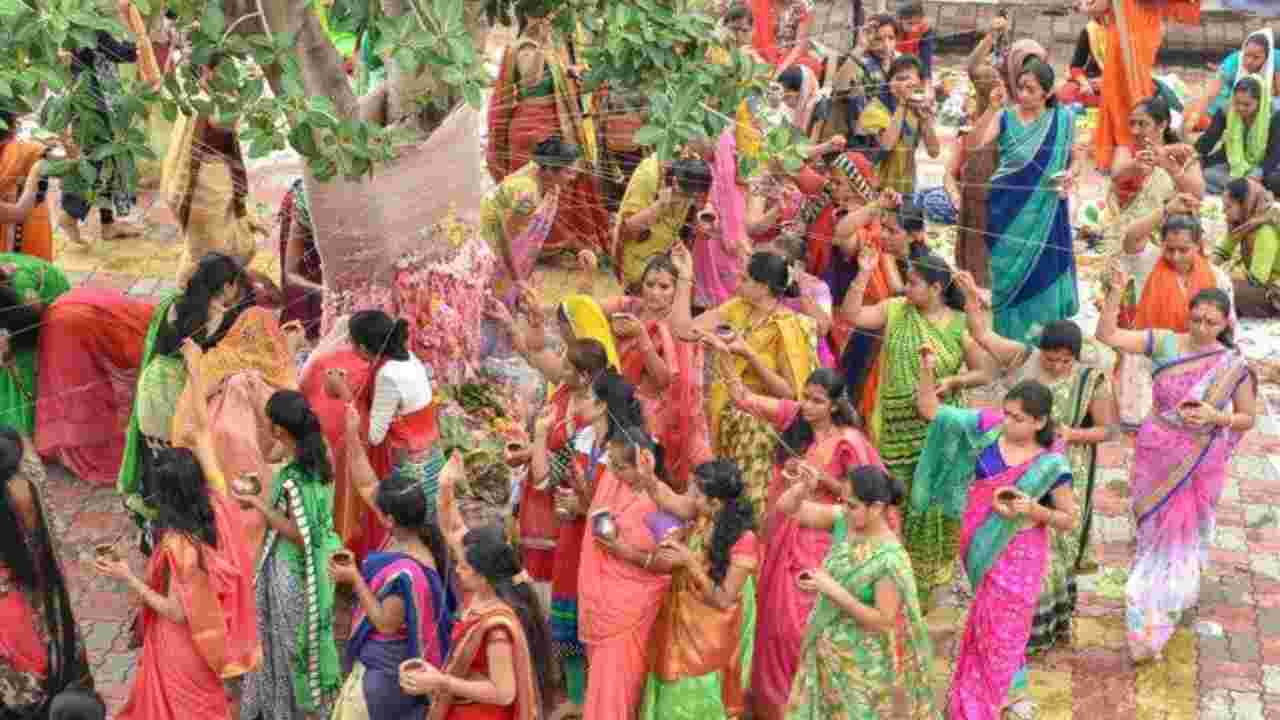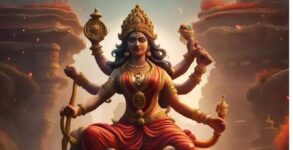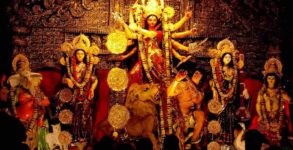Vat Savitri Puja or Vat Savitri Poornima is observed by married Hindu women in North India for the well-being, prosperity, and longevity of their husbands. This year the festival will be celebrated on May 22. Women fast for the whole day and wear new clothes and accessories on this day. The prayer and pujas associated with Vat Savitri are observed at the community level or individually at home.
Vat Savitri is widely celebrated in Maharashtra, Karnataka, Uttar Pradesh, Gujarat, Bihar, Haryana, and Punjab.
Significance of Vat Savitri Puja:
On this day, women usually worship the Banyan tree as it represents Lord Brahma, Lord Vishnu, and Lord Shiva. The root represents Lord Brahma, the stem represents Lord Vishnu and the upper portion is Lord Shiva. Vat Savitri Vrat Fasting begins on the Trayodashi day of Jyeshtha month and ends on Purnima. The fast is broken on the fourth day. Nowadays, many women observe the fasting only n the day of Purnima.
Vat Savitri is celebrated twice in a year, based on the two Hindu lunar calendars – Amanta and Purnimanta.
Narada Jayanti 2020: Know puja timing, process and Narada stories
History of Vat Savitri Puja:
Savitri was born to King Asvapati and his wife Malavi as a blessing from Lord Savitr. She grew up to be a strong, intimidating woman. On being told by her father, she set out to find herself a husband. On her pilgrimage, Savitri met Satyavan, who was destined to die within a year, but she married him.
On the day of Satyavan’s destined death, Satyavan suddenly felt weak and died, and his grieving, unwavering wife laid his body under a Banyan tree. Yama came to fetch Satyavan’s soul, but an adamant Savitri offered the Lord of Death a praise, who granted her three boons, impressed by her conviction and choice of words limiting the boons to everything but Satyavan’s life.
With the first boon she asked for her in-laws to be reinstated in their kingdom with full glory, and with the second boon she asked for a son for her father. She used the third boon to ask for children, putting Yama in a dilemma, who finally agreed to keep Satyavan alive owing to Savitri’s persistence and dedication.
The happy wife went back to the Banyan tree, and circled it ceremoniously, after which Satyavan woke up as if from a deep sleep.
There is also a tradition to bring home an idol or image of Savitri-Satyavan and Yamraj riding a buffalo and perform puja.
Vat Savitri Puja vidhi:
- Married women wake up early in the morning, take bath and wear new clothes.
- Devotees also eat roots of the Vat or Banyan on this day.
- Women worship Banyan tree on this day and also offer vermillion, Akshat, Sandalwood, and flower to the Banyan tree. They also take three rounds around the tree while reciting prayers. They tie a red or yellow coloured sacred thread around the tree.
- Listening to Satyavan and Savitri story holds special importance on this day.
- Donating clothes, food and money are considered important and devotees prepare special dishes on this day and distribute the prasad after Puja gets over.


















